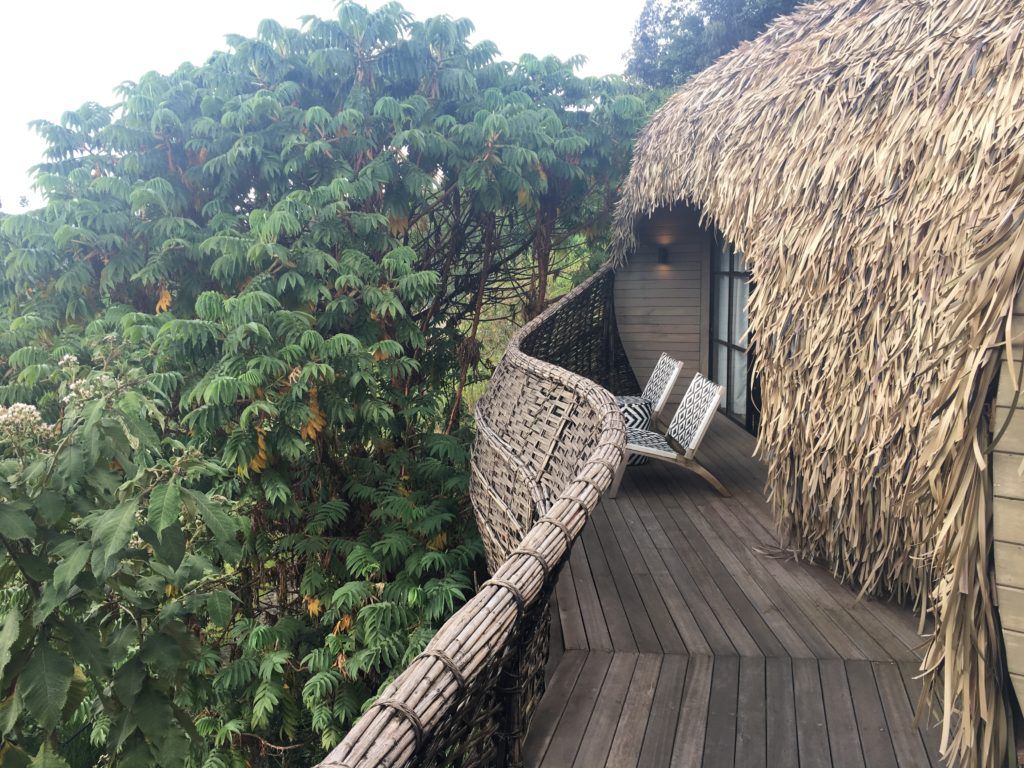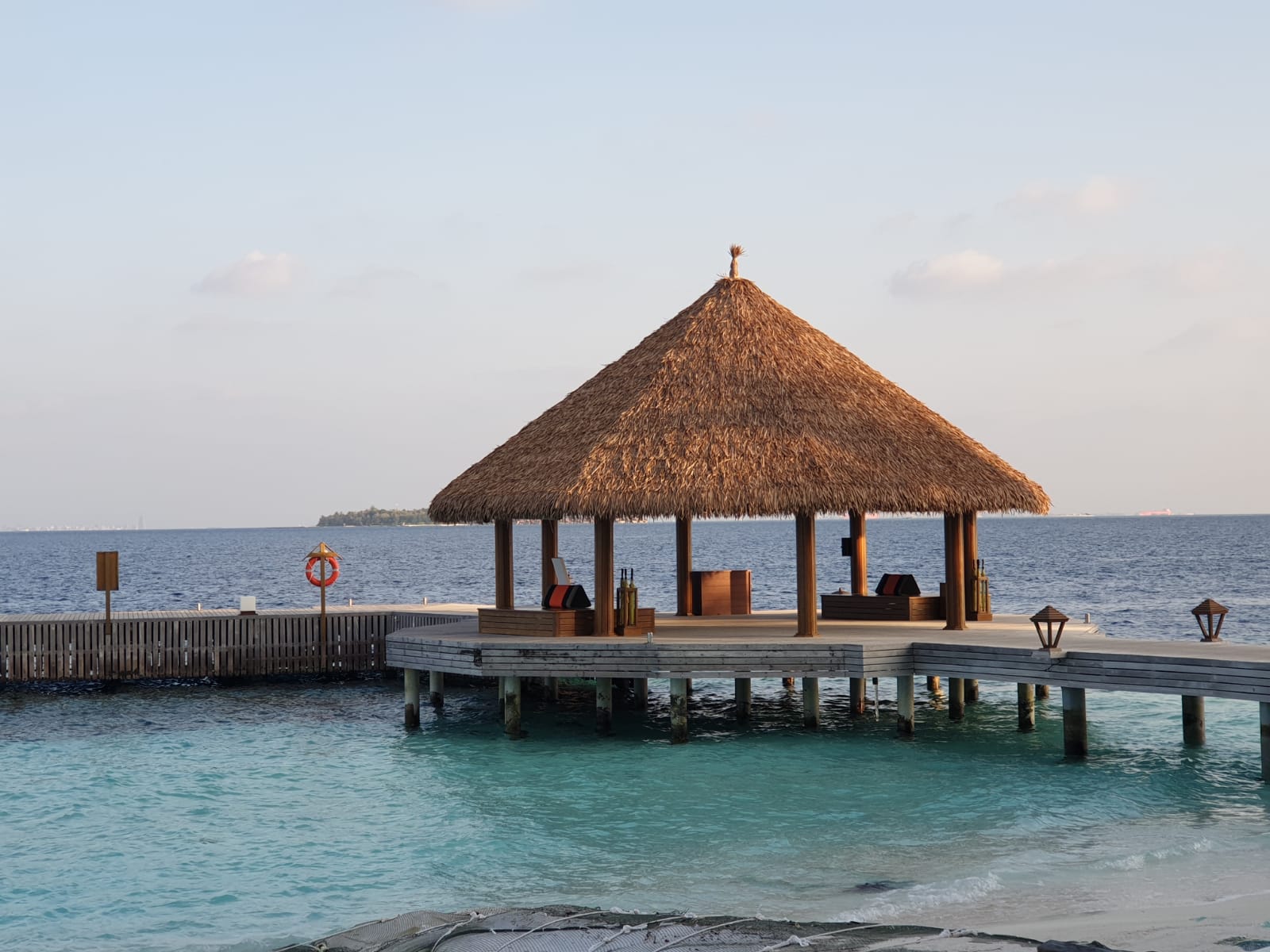Fiber Thatch Roofing: A Sustainable and Timeless Choice
Fiber Thatch, a pioneering company based in South Africa, has been at the forefront of the synthetic
thatch roofing industry since 1976. As the global leader in manufacturing and exporting synthetic thatch products, we take immense pride in offering roofing solutions that combine the timeless charm of traditional thatch with modern durability. In this article, we explore the world of thatch roofing, highlighting its requirements, potential risks, longevity, and the materials used in crafting these rustic and beautiful roofs.

Requirements for a Thatch Roofing
A thatch roof, whether natural or synthetic, demands proper installation and maintenance. When considering a thatch roof, it's essential to ensure:
1. Roof Pitch: Thatch roofs require a specific pitch (angle) to shed water effectively. Generally, a minimum pitch of 45 degrees is recommended for natural thatch, while synthetic thatch can be installed on roofs with lower pitches.
2. Underlay: A sound underlay, such as FR-MO Boards by Fiber Thatch, is essential to support the thatch material and provide insulation.
3. Regular Maintenance: All thatch roofs, including Fiber Thatch's synthetic options, require occasional maintenance to ensure longevity and prevent issues like moss growth.
Thatch Roofing Risks
While thatch roofing offers a rustic aesthetic, it's important to be aware of potential risks:
1. Fire Risk: Natural thatch is highly flammable, posing a significant fire risk. However, Fiber Thatch's synthetic options are fire retardant, minimising this risk.
2. Pests and Rot: Natural thatch can attract pests and may decay over time, but these concerns are mitigated with the longevity of synthetic thatch.


Longevity of Thatch Roofing
The lifespan of a thatch roof largely depends on the materials used and maintenance. Traditional thatch roofing may last around 20-40 years with proper care. In contrast, Fiber Thatch's synthetic options, boasting a 20-year manufacturer's warranty and a life expectancy of over 50 years, offer superior longevity and require minimal maintenance.
Materials Used in Thatched Roofs
Thatch roofs are typically made from natural materials, such as:
1. Reed: Natural reed thatch is a traditional choice known for its rustic appearance.
2.
Palm Leaves: Palm leaf thatch is popular for its durability and aesthetic appeal, often used in tropical regions.
Conclusion
At Fiber Thatch, we've taken these traditional materials and transformed them into synthetic alternatives that retain the classic charm of natural thatch while overcoming its limitations.
In conclusion, thatch roofing, with Fiber Thatch as a leading provider, presents an appealing and sustainable choice for roofing needs. Understanding the requirements, potential risks, longevity, and materials involved ensures that your thatch roof not only looks stunning but also serves as a durable and long-lasting investment.


